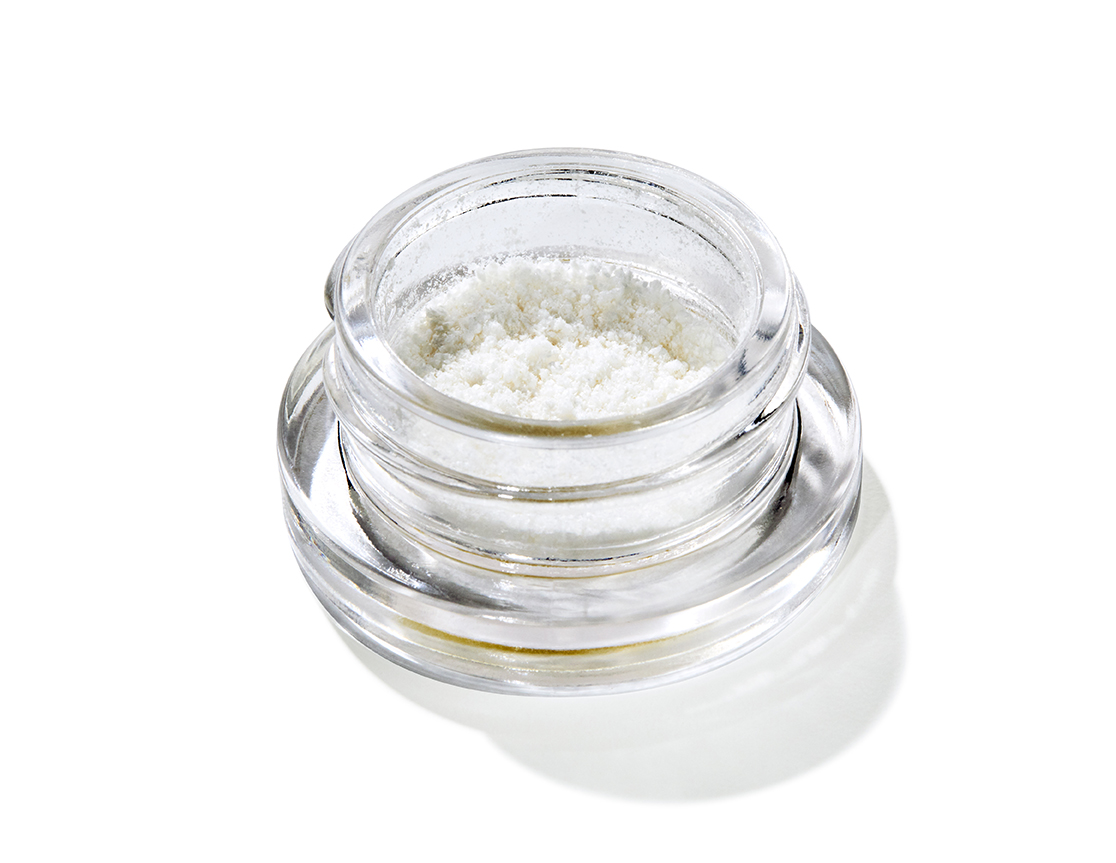The deleterious effects of cancer and its treatment have led researchers to study flora and fauna in search of therapeutic and preventive solutions. Therapeutic angles entail the search of compounds that promote the death of abnormal cells (cancer cells) and enhance the production of new cells. The cannabis plant has been part of cancer-related studies due to its phytochemical composition for almost two decades.
Scientists have had an interest in cannabinoids; one of the phytocompounds found in the cannabis plant. These phytochemicals not only have pain-relieving and antiemetic effects but also affect psychological functions such as sleep, mood, and appetite. Cannabinoids extracts are packaged in many forms as edibles, topicals, capsules, and oils. When oils are extracted from an entire cannabis plant, they contain many types of cannabinoids. Such extracts are called full-spectrum cannabinoids.
Specific types of cannabinoids can be obtained in crystalline (pure) form through carbon dioxide (CO2) extraction. CO2 extraction isolates the plant phytochemicals making it possible to obtain a crystalline form of the desired compound.
What is CBD Isolate?
An example of a cannabinoid used in its pure form is cannabidiol (CBD). It is referred to as CBD Isolate when extracted in its pure form. Crystalline CBD is devoid of tetrahydrocannabinol (THC); a cannabinoid with psychoactive effects. THC is psychotropic; it is the primary phytochemical which induces euphoria in the cannabis plant. CBD diminishes the effects of THC. It (CBD) also has pain-relieving properties and reduces the effects of chemotherapy.
CBD inhibits THC-induced effects because it binds to different receptors instead of the cannabinoid receptors used by other cannabinoids. These compounds (CBD) have a low affinity for cannabinoid receptors. Cannabinoid receptors influence physiological processes like appetite, pain-sensation, mood, and memory. Its biochemical action on cancer and as an analgesic in diseases such as multiple sclerosis has been authenticated its therapeutic importance. Moreover, CBD’s action as a pain reliever does not lead to intoxication like THC.
How Does CBD Isolate Eliminate Cancer Cells?
CBD isolate compounds prevent the growth of cancerous cells as well as the spread of the disease in the body. It inhibits the growth of abnormal cells, kills defective cells such as cancer, and stimulates the regeneration of healthy cells.
Crystalline CBD is ideal for users requiring high CBD doses because the concentration increases when the compound is in its pure form. Aside from concentration, producers go through extensive lengths to improve the quality of the crystalline product. The quality of the oil is enhanced by using cannabis plants that have been grown organically; thus, devoid of harmful chemicals.
Additionally, the naturalness of the extracted compounds is preserved by using non-genetically modified plants. Proof of product purity is authenticated through lab tests to ascertain the absence of THC and other unwanted elements. The product quality and usefulness are further intensified by removing gluten from the crystalline extract.
Conclusion:
The action of CBD on cancer cells is still being studied to ascertain its effect on biochemical processes on all the receptors the chemical binds. Its action on providing pain relief has been tried and tested making it effective in pain-related conditions.
Read Also:
- CBD: The Understanding Of Its Benefits
- The Functions And Benefits Of A Cancer App
- What Is Garcinia Cambogia And How It Can Help Your Health?
featured image: purespectrumcbd.com






















